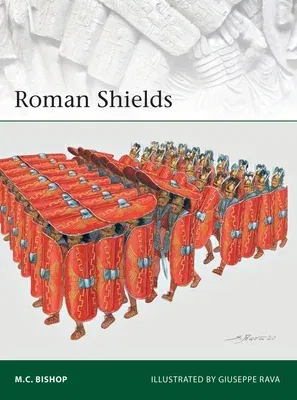M C Bishop
(Author)Roman ShieldsPaperback, 18 August 2020

Qty
1
Turbo
Ships in 2 - 3 days
Only 1 left
Free Delivery
Cash on Delivery
15 Days
Free Returns
Secure Checkout

Part of Series
Elite
Print Length
64 pages
Language
English
Publisher
Osprey Publishing (UK)
Date Published
18 Aug 2020
ISBN-10
1472839625
ISBN-13
9781472839626
Description
Product Details
Author:
Book Format:
Paperback
Country of Origin:
US
Date Published:
18 August 2020
Dimensions:
24.64 x
18.03 x
0.51 cm
Genre:
1940's
Illustrator:
ISBN-10:
1472839625
ISBN-13:
9781472839626
Language:
English
Location:
New York
Pages:
64
Publisher:
Series:
Weight:
226.8 gm